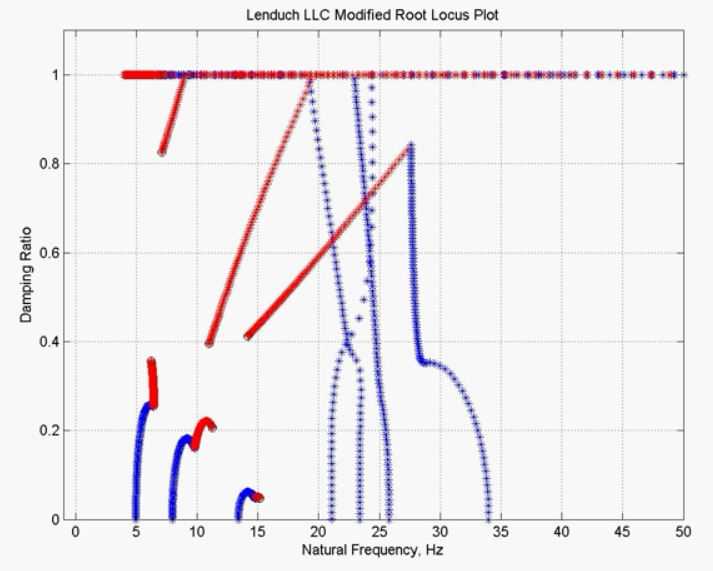Analysis
In dealing with the complex spring-mass-damper systems of a complete car, it is often
useful to examine new concepts by doing control-system-based analyses of simpler systems,
to see what generalizable insights can be gleaned and investigated in simulations of the more
complex systems (whose equation sets are so large as to make intuitive insights more difficult
to come by). Often these analyses will start with a "quarter-car" system, or even with a simpler
single-mass system. This page shows the very beginning of an analysis that was developed further
to provide a pair of cogent insights about the application of additional mass elements within
the suspension designs of open-wheel race cars.

Because most mechanical engineers have been away from their basic control engineering
classes for too long, Lenduch LLC can assist in reviewing the techniques and perhaps arriving
at insights that will help in the practical implementation of new designs.
Sometimes, the controls system work can be modified to make the conclusions more meaningful
to the customer mechanical engineers. Click on the icon below to see an example of a
reconfigured and ANIMATED Root Locus plot that, instead of showing the real and imaginary
parts of the poles, shows instead the same data, but reconfigured to plot the damping ratio
of each pole against its natural frequency.
